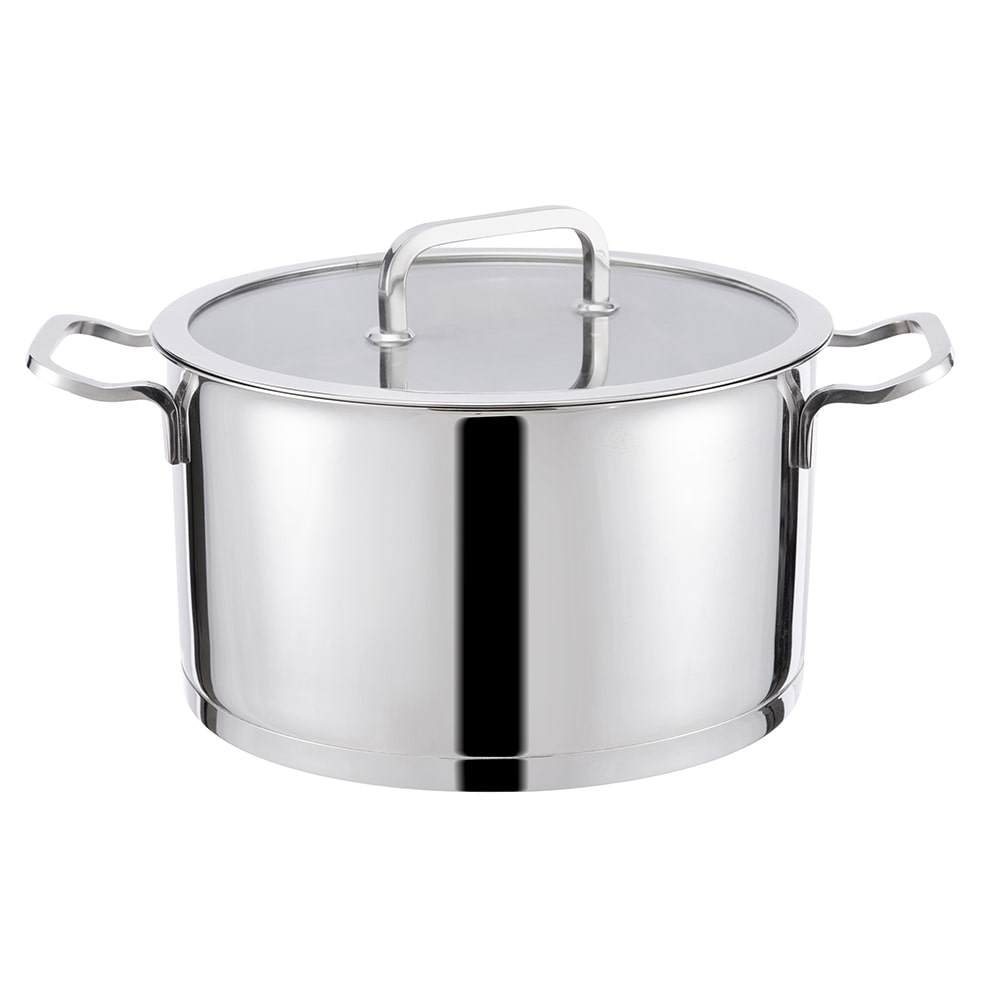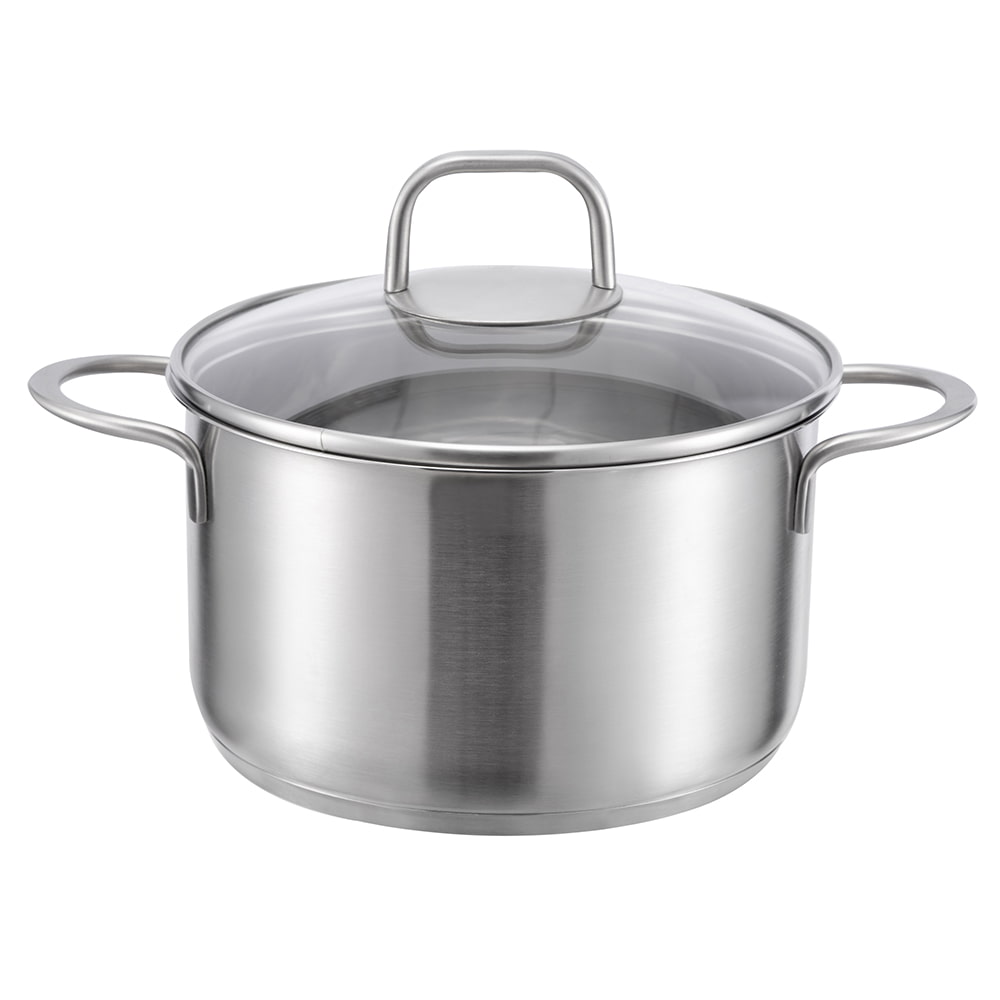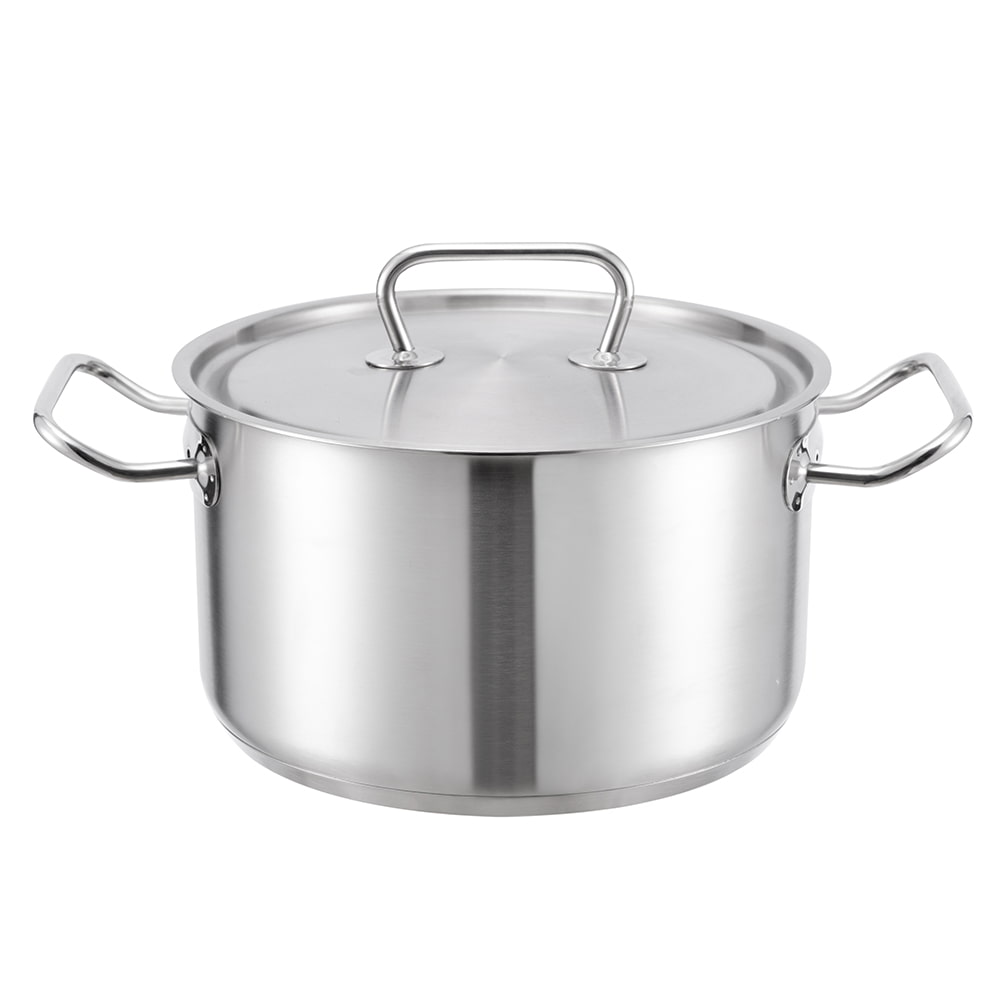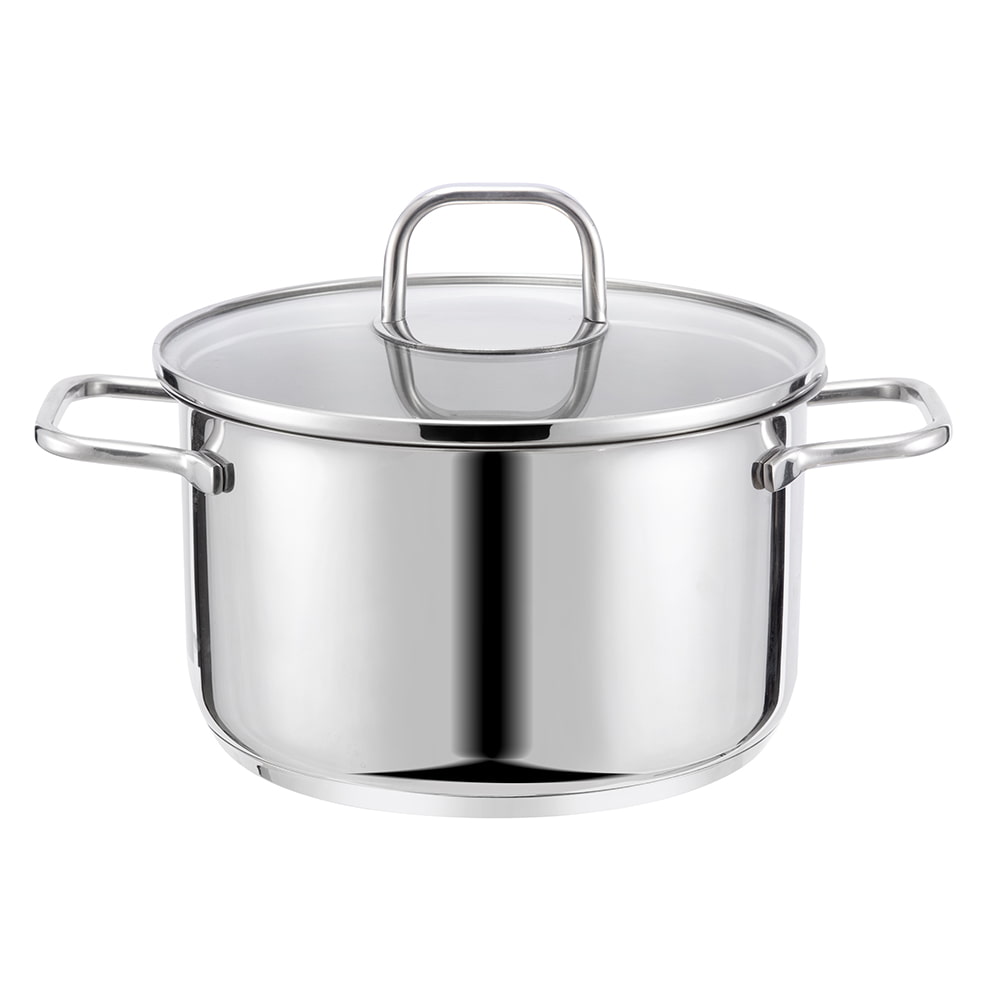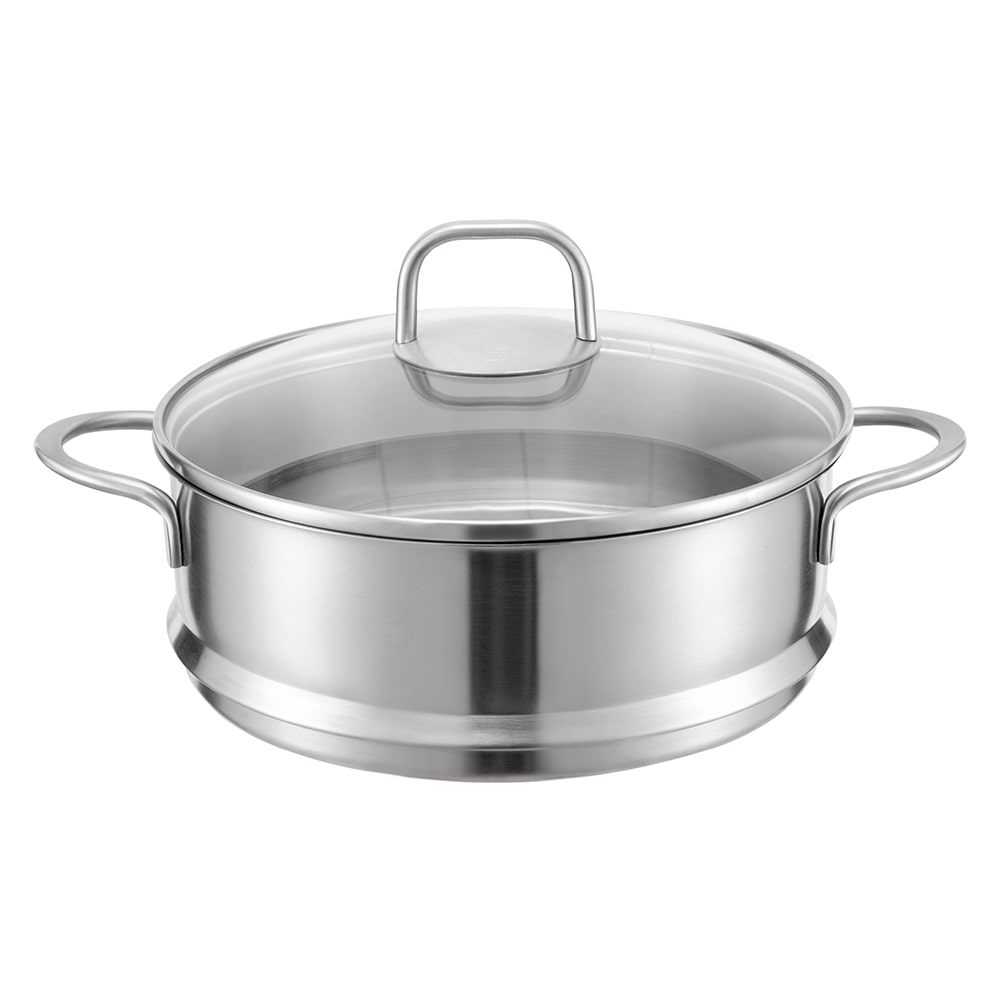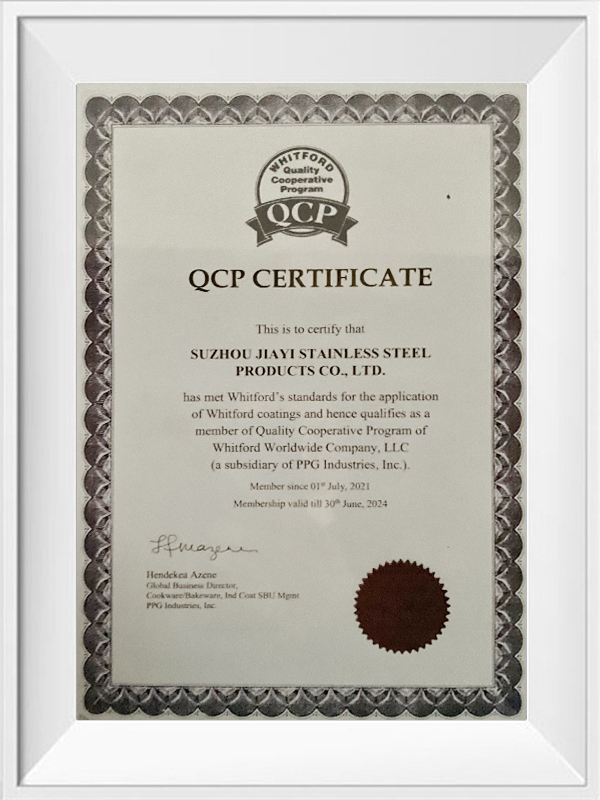Industry knowledge
Why is SUS304 stainless-steel preferred for stockpot manufacturing?
Corrosion Resistance: SUS304 stainless-steel is known for its first-rate corrosion resistance. It incorporates a high percent of chromium (18%) and nickel (eight%), which paperwork a shielding oxide layer at the floor, stopping rust and corrosion. This is specifically important for cookware, as it is regularly exposed to water, acids, and different corrosive factors.
Hygiene and Cleanliness: Stainless steel, which includes SUS304, is non-reactive and does not leach dangerous substances into food. It is straightforward to easy and maintain, making it a hygienic choice for cooking vessels. This is important for kitchenware, in which cleanliness is a pinnacle priority.
Aesthetic Appeal: SUS304 stainless steel has a refined and vibrant appearance, supplying an attractive and professional appearance to stockpots. This makes it a famous desire for each domestic and business kitchens, where aesthetics can be an vital issue.
Versatility: Stainless metallic is a flexible fabric that may be used for various cooking techniques, including boiling, simmering, and slow cooking. It is compatible with unique stovetops, such as gasoline, electric, and induction, making stockpots made from SUS304 suitable for a wide variety of kitchen setups.
Temperature Resistance: SUS304 stainless-steel has appropriate warmth resistance, permitting it to resist the high temperatures concerned in cooking with out losing its structural integrity. This is crucial for stockpots used for boiling and simmering.
What are the common manufacturing techniques concerned in generating SUS304 stainless-steel stockpots?
Raw Material Selection:
The process starts with the selection of awesome SUS304 stainless-steel sheets or coils as the uncooked fabric. SUS304 is a extensively used austenitic stainless-steel alloy that carries chromium and nickel, supplying high-quality corrosion resistance.
Sheet Metal Cutting:
The stainless-steel sheets are cut into the desired sizes and styles the use of various reducing strategies, which include shearing or laser reducing. These cut pieces will form the principle components of the stockpot, including the frame, base, and lid.
Forming:
The reduce chrome steel pieces are then formed into the desired shape through processes like deep drawing or stamping. This includes using dies and punches to deform the metallic into the specified shape for the stockpot frame.
Welding:
The various additives of the stockpot, which includes the frame and base, are welded together. This can contain techniques like TIG (Tungsten Inert Gas) or MIG (Metal Inert Gas) welding to create sturdy and seamless joints.
Polishing:
After welding, the stockpot undergoes polishing to reap a easy and vibrant floor. This step is essential for boosting the cultured appeal of the product and enhancing its corrosion resistance.
Handle Attachment:
Handles are attached to the stockpot frame. Depending on the design, handles can be welded or riveted to ensure a steady and durable connection.
Lid Manufacturing:
If the stockpot comes with a lid, a similar manner of slicing, forming, welding, and sharpening is carried out to fabricate the lid. The lid may include a manage for smooth lifting.

 search
search
 中文简体
中文简体 English
English русский
русский Français
Français Español
Español 日本語
日本語






 No. 1, Jingwei Road, Yangcheng Lake Town, Xiangcheng District, Suzhou City, China
No. 1, Jingwei Road, Yangcheng Lake Town, Xiangcheng District, Suzhou City, China
 +86-13913553688
+86-13913553688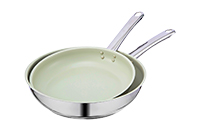
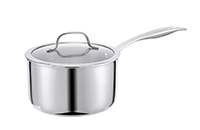

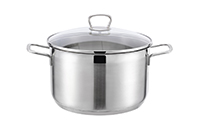


.jpg)
.jpg)

